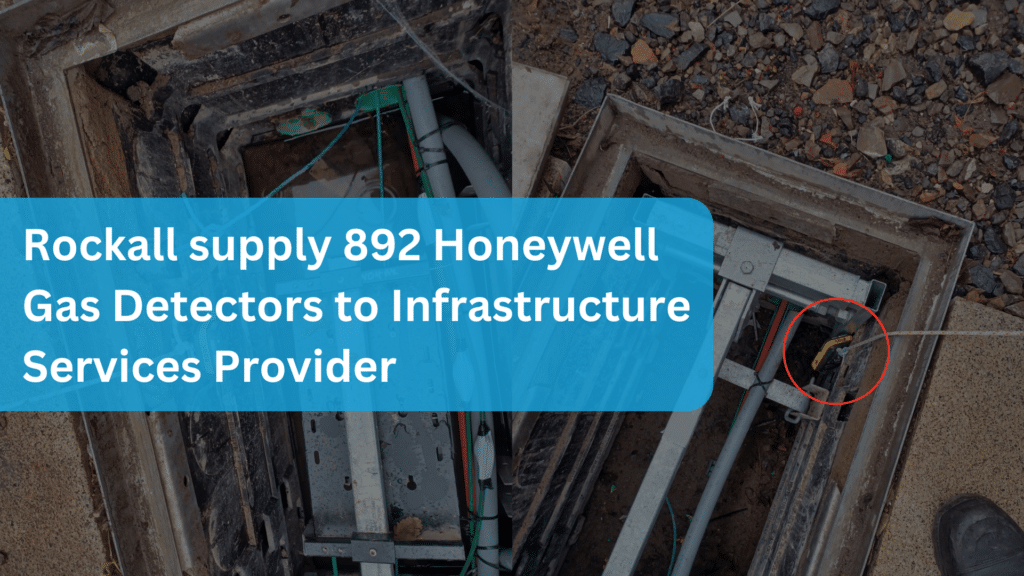Detecting Hydrogen H2: Ensuring Safety
Hydrogen, the lightest and most abundant element in the universe, is rapidly gaining attention as a crucial gas in various industries and as a potential clean energy source. This colourless, odourless, and highly flammable gas is revolutionizing industrial processes and paving the way for a greener future.
What is Hydrogen?
Hydrogen is a simple atom consisting of one proton and one electron. In its gaseous form, it exists as diatomic molecules (H2). It’s incredibly light, with a density about 14 times less than air, making it challenging to contain.
Where is Hydrogen Used?
Hydrogen finds applications across numerous industries:
- Oil Refineries: Hydrogen is used in hydrocracking and desulfurization processes to produce cleaner fuels.
- Ammonia Production: The largest consumer of hydrogen, accounting for 55% of global usage, primarily for fertilizer manufacturing.
- Metallic Ore Reduction: Used in the production of metals like silver, gold, and platinum.
- Food Industry: Employed in hydrogenation of vegetable oils to produce margarine and butter.
- Power Generation: Used as a coolant in large electrical generators.
- Transportation: Emerging as a clean fuel for hydrogen fuel cell vehicles.
- Chemical and Pharmaceutical Industries: Used in various hydrogenation processes.
Where is Hydrogen Found?
While hydrogen is abundant in the universe, it rarely exists in its pure form on Earth. It’s primarily found in compounds like water (H2O) and hydrocarbons. Hydrogen for industrial use is produced through several methods:
- Steam Methane Reforming: The most common method, using natural gas as a feedstock.
- Electrolysis: Splitting water molecules using electricity, potentially from renewable sources.
- Biomass Gasification: Producing hydrogen from organic matter.
- Solar-Driven Processes: Using sunlight to split water molecules.
Hydrogen Production Methods and Their Characteristics
| Method | Feedstock | By-products | Environmental Impact |
| Steam Methane Reforming | Natural Gas | CO2 | High (unless coupled with carbon capture) |
| Electrolysis | Water | Oxygen | Low (if using renewable electricity) |
| Biomass Gasification | Organic Matter | CO2, Ash | Moderate |
| Solar-Driven Processes | Water | Oxygen | Low |
Safety Considerations
Given hydrogen’s flammability and low density, proper safety measures are crucial when detecting hydrogen H2. For industries working with hydrogen, it’s essential to use appropriate personal protective equipment (PPE).
Recommended Product
For workers in hydrogen-related industries, we recommend the MSA ALTAIR 4XR Multigas Detector available at rockallsafety.co.uk. This robust device can detect hydrogen gas along with other potentially hazardous gases, ensuring worker safety in environments where hydrogen is present.
The ALTAIR 4XR features:
- Rapid sensor response and clear readings
- Bluetooth connectivity for real-time gas detection data
- Rugged design for harsh industrial environments
- Ability to detect multiple gases simultaneously
As hydrogen continues to play a vital role in industry and emerges as a key player in the clean energy transition, understanding its properties, applications, and safety requirements becomes increasingly important.
Get in touch with our team today! We will be happy to answer any questions you may have.
Gas Guide Enquiry Form
Written by Chris Ihejiawunze






